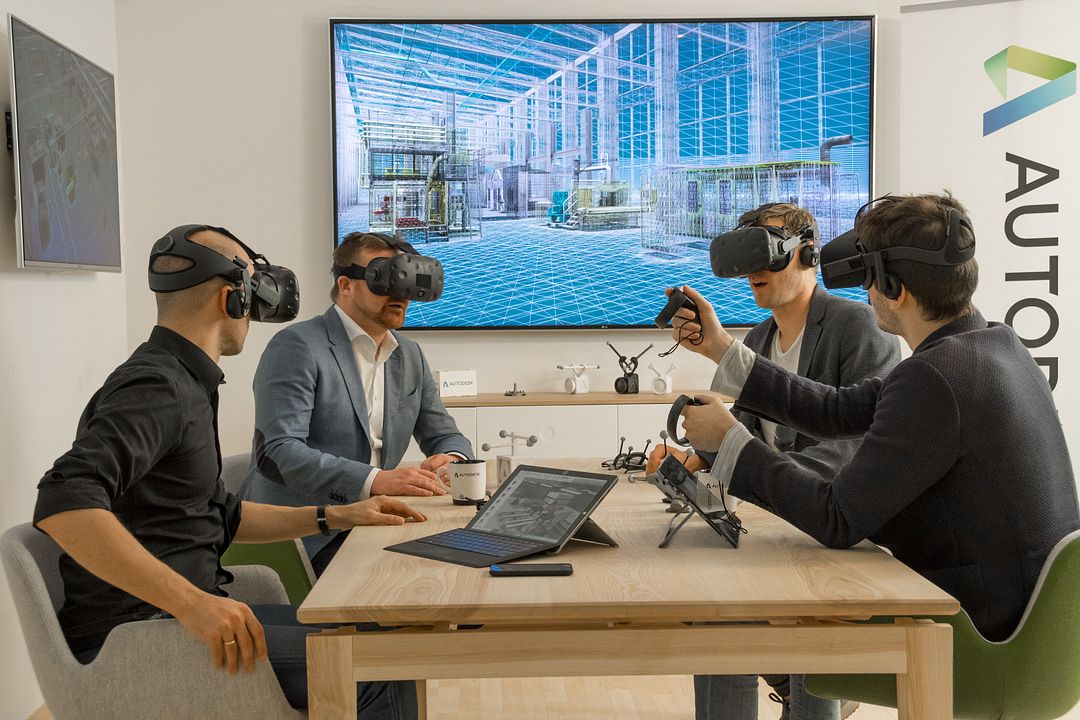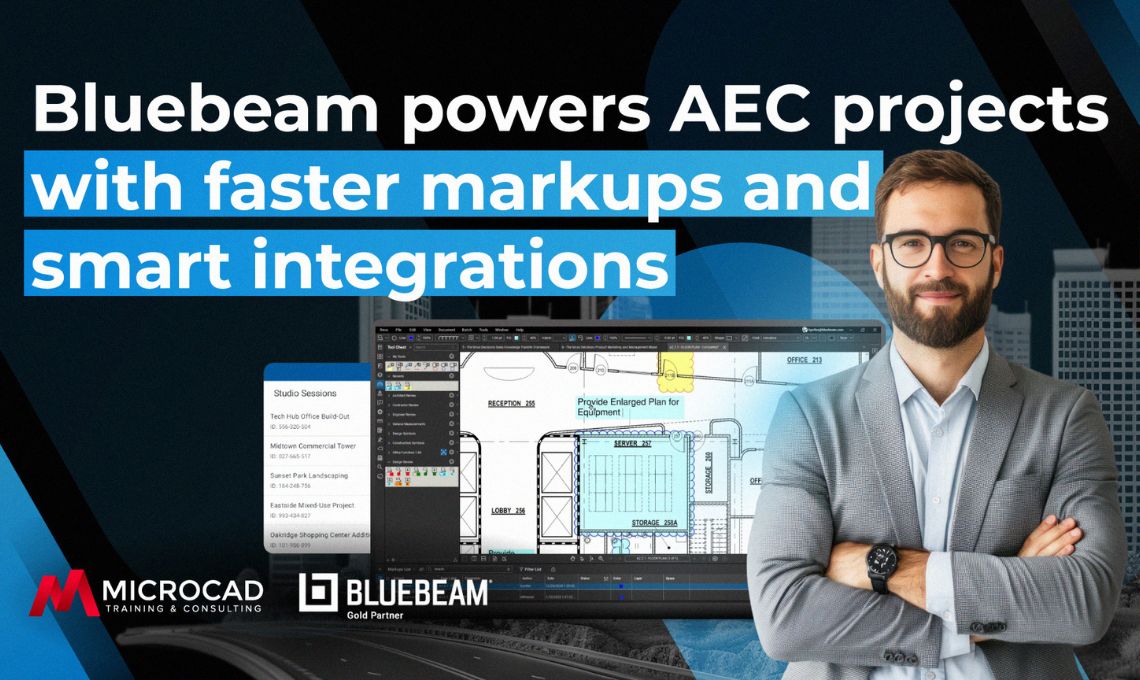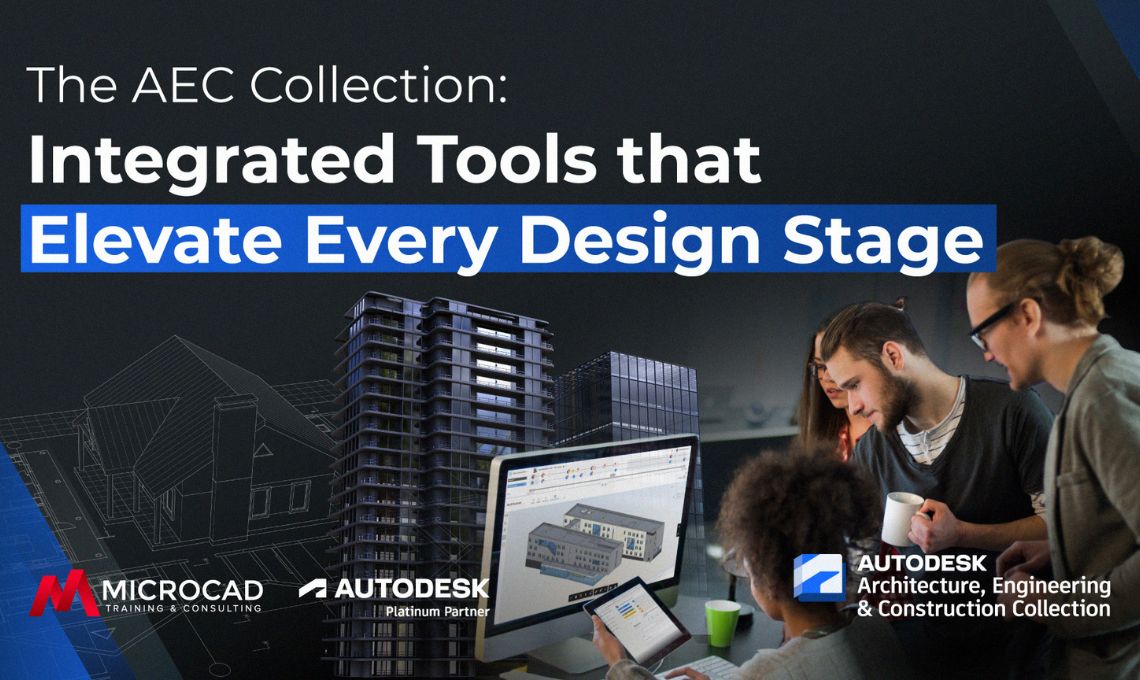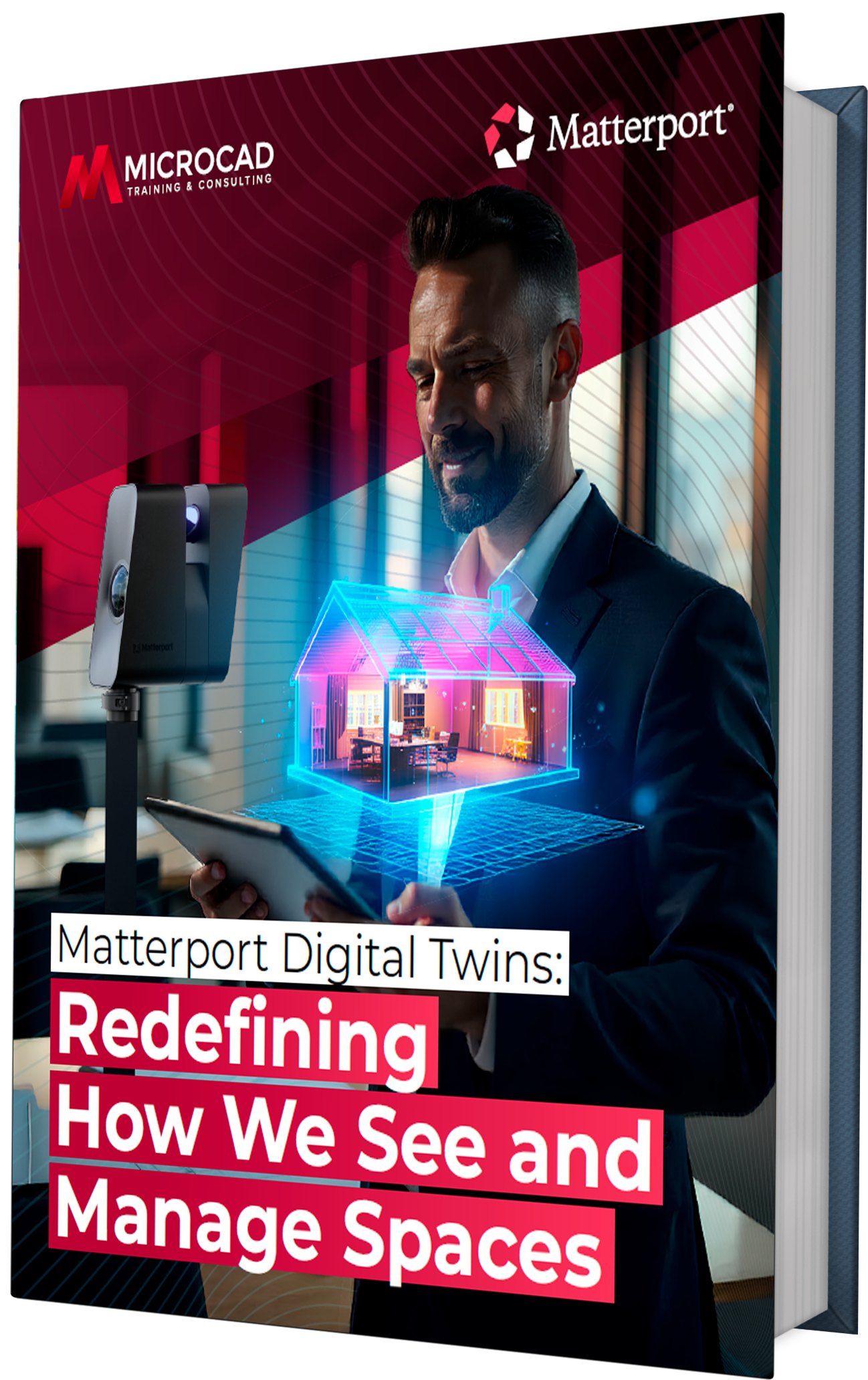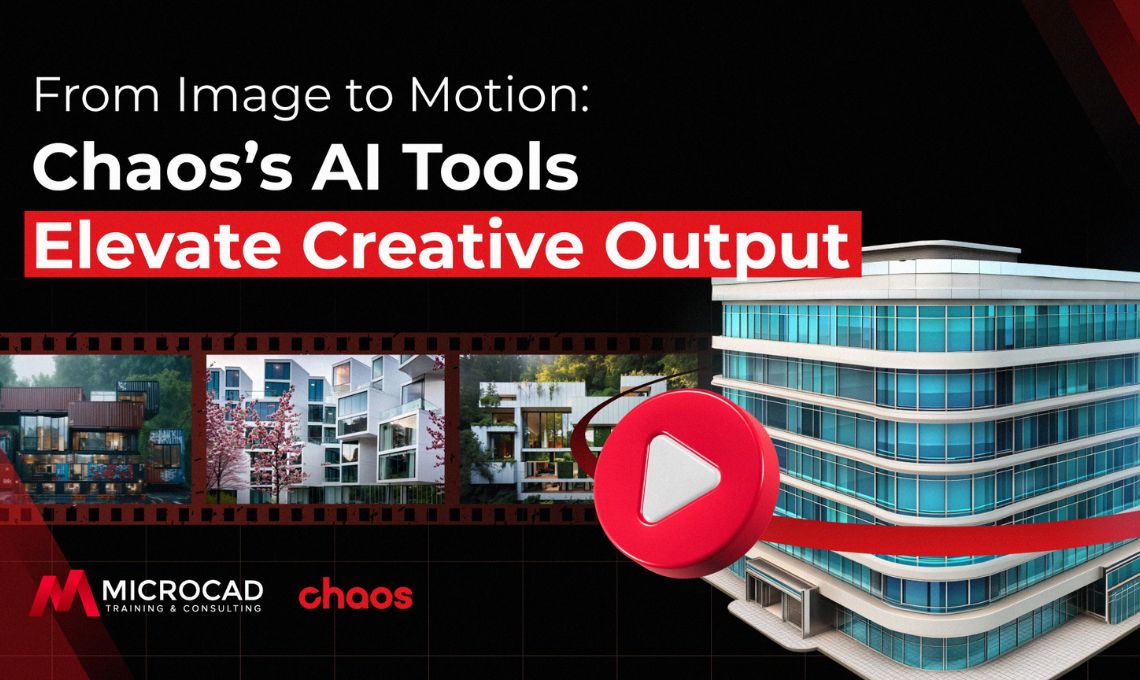Technology is revolutionizing all markets and sectors, and the use of new technological devices and gadgets is becoming the key point for its transformation.
There are many examples that can be mentioned for this, but virtual reality is the one that is transforming the world, an example of this is the use of VR glasses.That is why virtual reality and 3D technology are boosting sales thanks to its realistic experience.
Also, currently in the field of Construction and Architecture, project management is being implemented through BIM (Building Information Modeling), which is based on carrying out projects through a digital 3D model that includes geometry, spatial relationships, geographic information, as well as the quantities and properties of its components.
Advantages of virtual reality in the industry
VR glasses are a breakthrough in technology and its used across all sectors. For this reason, we highlight below the main advantages of their implementation in our sector:
Improvement of the marketing service thanks to the real sample of the products.
-
More attractive models and designs.
-
Great similarity in the simulation of the processes carried out.
-
Interaction between user and product (materials, objects, etc).
In the architecture, construction and real estate industries, users who want to see in a more realistic way their future home will be able to see them at their fingertips with this innovative and sensational 3D technology.
Virtual reality is allowing many agents, both real estate and architecture industry, to provide a more complete service focused on the sensorial experience of the product being offered to the end user. VR is presented as a technology with a great future for exchange of information between the different members of a project and as a tool to enhance design.
Virtual walks
For example, imagine that an educational center needs an infrastructure to accommodate a group of students.
Thanks to virtual reality, a company can provide the perfect solution thanks to its modular architecture, but at the same time, for the marketing of the prefabricated module type, they will be able to check the facilities through 3D virtual reality technology.
Thanks to this type of technological evolution, their customers will be able to walk virtually and know the details perfectly, even appreciating the dimensions of spaces and the atmosphere that can give their range of products can offer.
One of the first leading brands in the virtual reality sector is the Oculus Rift. It is perhaps the leader in the sector, but there are many others that adapt perfect to the construction sector and offer a full and real service for it.
Conclusion
Technology is evolving at a fast pace, and the construction industry cannot be left behind. The emergence of new technologies for the visualization of digital content can add value to the design and promotion of projects.
Virtual Reality and architecture are two concepts that together can offer many possibilities for improvement. The potential offered by this new technology to a sector that is slowly becoming active again is based on streamlining costs and improving the way projects are presented.
The possibility of visiting unbuilt spaces with virtual glasses offers the client a unique and totally real vision of what is going to be built.
At the end, virtual reality is a hot element that new technologies have offered and that over time will become an essential element in many sectors, and one of them is the architecture and real estate market.

